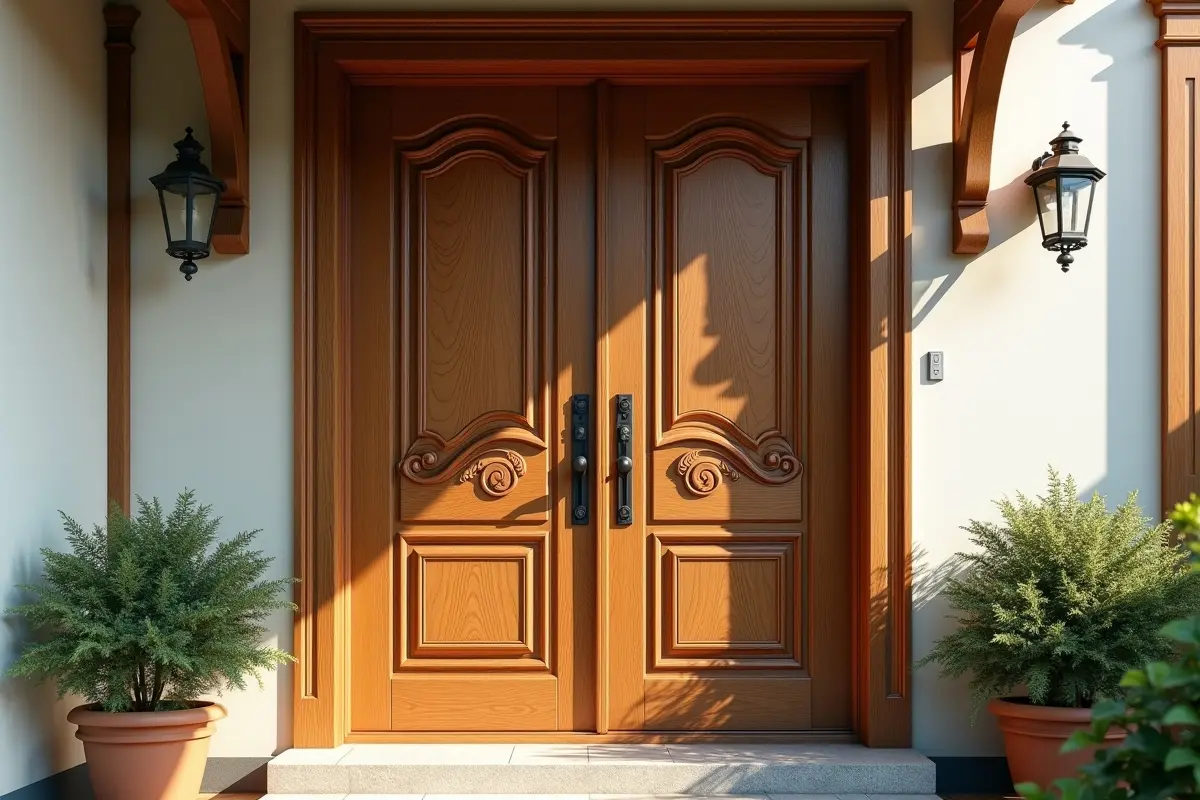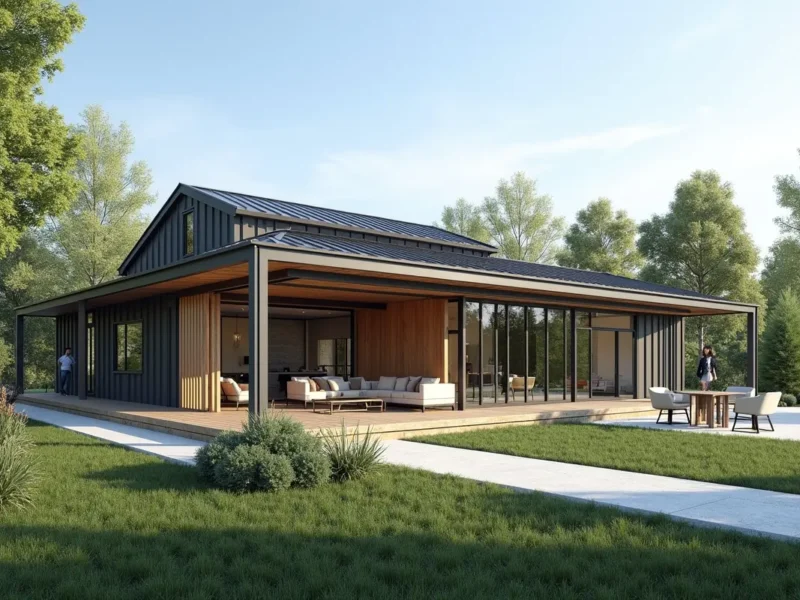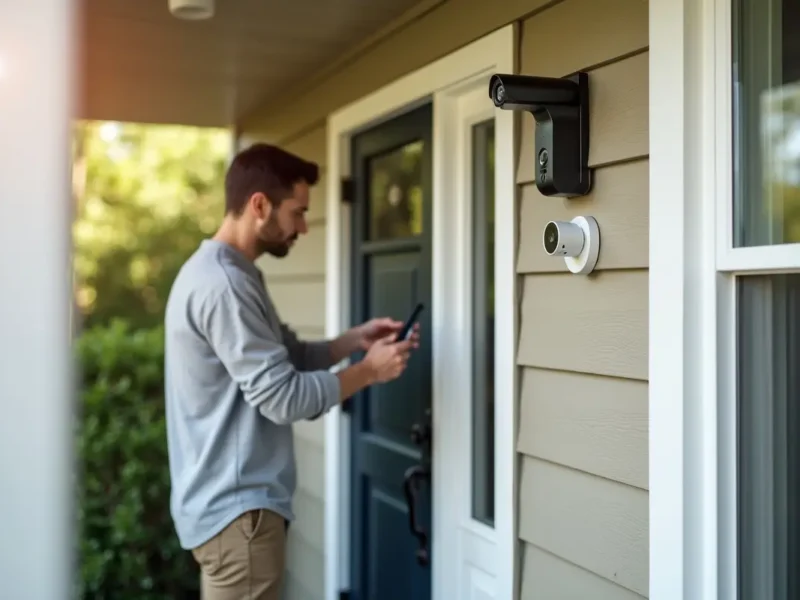Finding the right entry door can transform your home’s curb appeal, boost security, and increase energy efficiency. With options ranging from traditional wood to advanced fiberglass, making an informed choice for your entryway is essential. Whether you’re seeking classic style or modern durability, the right custom entry door will set the tone for your home and provide lasting value for years to come.
An entry door isn’t just welcoming; it’s crucial for protection and insulation. Factors like home style, maintenance, and budget influence your choice. Thoughtfully considering these helps you select a door that looks great and provides peace of mind.
Advances in design and materials offer more options, including energy efficiency, security, and a variety of finishes. A well-chosen door offers benefits beyond appearance. Knowing whether you value efficiency, beauty, or security guides you to a door that suits your lifestyle and taste.
Contents
Materials: Pros and Cons
Selecting the right material for entry doors is crucial for security, insulation, and aesthetic appeal. Wooden doors offer timeless beauty and excellent insulation, but they require regular maintenance to prevent warping. Steel doors offer high security and cost-effectiveness, although they can be susceptible to denting and rusting. Fiberglass doors mimic the appearance of wood with lower maintenance, resisting scratches and warping while providing strong insulation, making them suitable for busy households or extreme climates.
Matching Door Style to Your Home
A door should harmonize with the property’s architectural style, enhancing its exterior. Popular styles include traditional paneled wood doors with leaded glass for sophistication, modern minimalistic designs with flat panels and large glass for a bold look, and rustic farmhouse styles featuring craftsman details and crossbuck panels for a cozy ambiance.
Energy Efficiency Considerations
With energy prices on the rise, entry doors that keep conditioned air inside are a must. Look for doors with insulated cores, such as polyurethane foam, and robust weatherstripping to guard against drafts. Doors that carry an ENERGY STAR® label meet government standards for superior thermal performance, offering not only comfort but also significant savings on your energy bills.
Glass inserts can be stylish, but opt for models with double or triple glazing to maintain efficient insulation. Pay close attention to proper installation—an ill-fitting door can nullify the energy-saving benefits, regardless of how well-constructed it is.
Security Features to Look For
An effective entry door is marked by robust construction and dependable locking mechanisms. Key priorities for security include solid core or steel construction, utilizing deadbolts and multi-point locking systems, and incorporating reinforced strike plates alongside tamper-resistant hardware.
Options like impact-resistant or laminated glass for sidelights and inserts enhance safety. Generally, steel and reinforced fiberglass doors are the most secure choices, appealing to homeowners who prioritize safety.
Maintenance and Durability
The material and climate influence the longevity of doors. Wooden doors need regular refinishing in humid or harsh conditions and should be checked for water or insect damage. Steel doors require periodic inspection for dents, chips, and rust, along with touch-up painting to maintain their protective seal.
Fiberglass doors, being the lowest-maintenance option, resist warping and damage, making them suitable for climates with temperature fluctuations or precipitation. They only require cleaning with mild soap and water and rarely need refinishing or repairs.
Professional Installation vs. DIY
Proper installation has a significant impact on door performance and longevity. While some DIY enthusiasts may choose to install doors themselves, hiring a professional installer is advisable due to their expertise in measurement, fitting, and sealing. This professional approach helps prevent common issues such as drafts, misalignment, and security concerns.
Evaluating the credentials and experience of installers is crucial to selecting a trustworthy professional. Additionally, it is essential to consider warranties, as many manufacturers require professional installation for warranty validation.
Budgeting for Your Entry Door
The entry door market spans a broad range—simple steel options may cost a few hundred dollars, while custom wood or intricate glass designs can exceed several thousand. Weigh the up-front investment against long-term efficiency and reduced maintenance to find the optimal value. Plan to include installation fees in your budget and consider future savings from quality doors, particularly those with energy-efficient features.
Investing a little more in high-quality materials and professional installation can pay off in increased curb appeal, enhanced home security, and lower utility costs for years to come.
Conclusion
Choosing an entry door is one of the most impactful ways to update your home’s exterior. As you select your door, prioritizing materials, style, energy efficiency, security, and durability will reward you with an inviting, protected, and aesthetically pleasing entryway. Smart planning and attention to detail ensure your new door is an investment in both elegance and performance.



